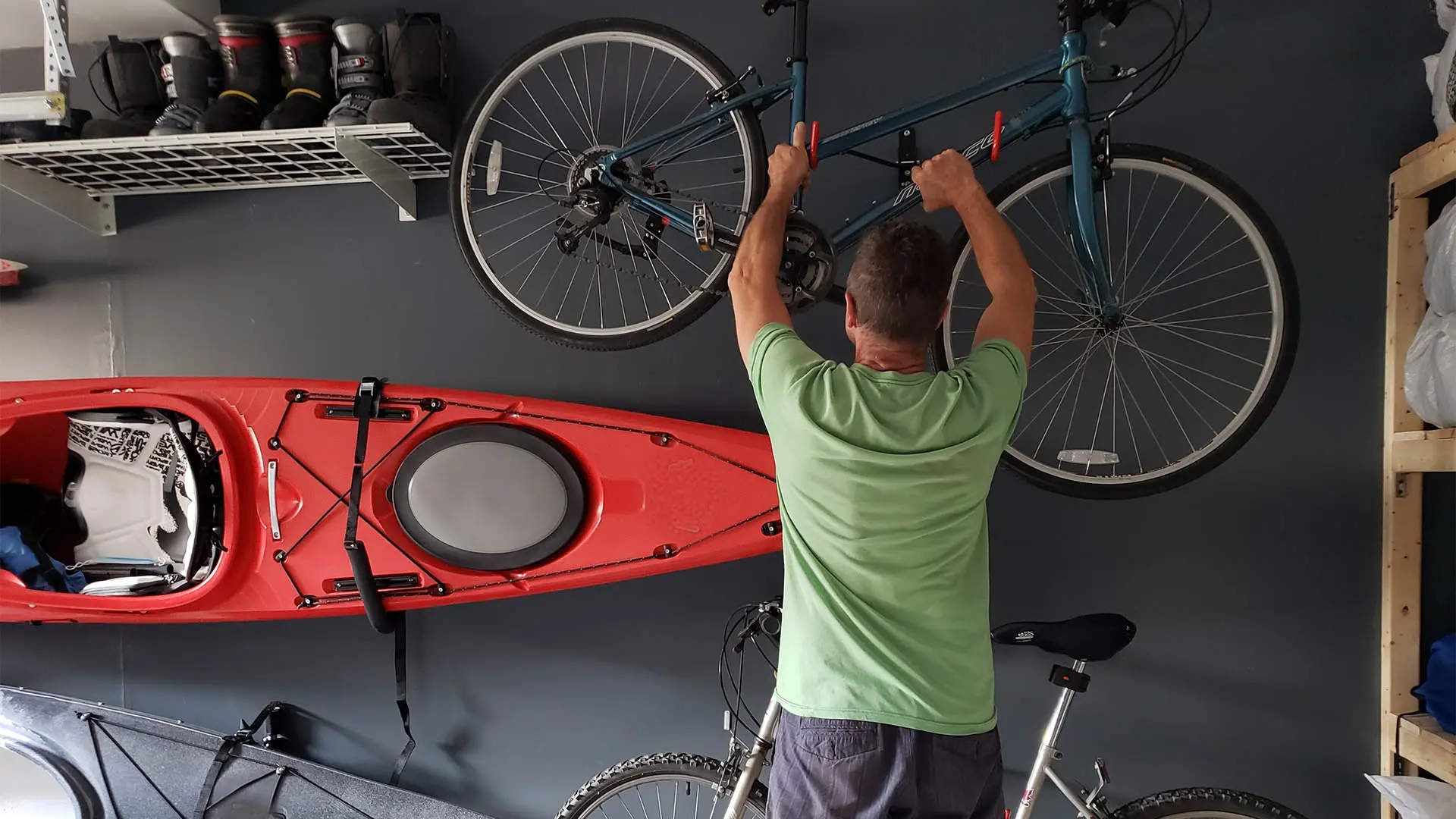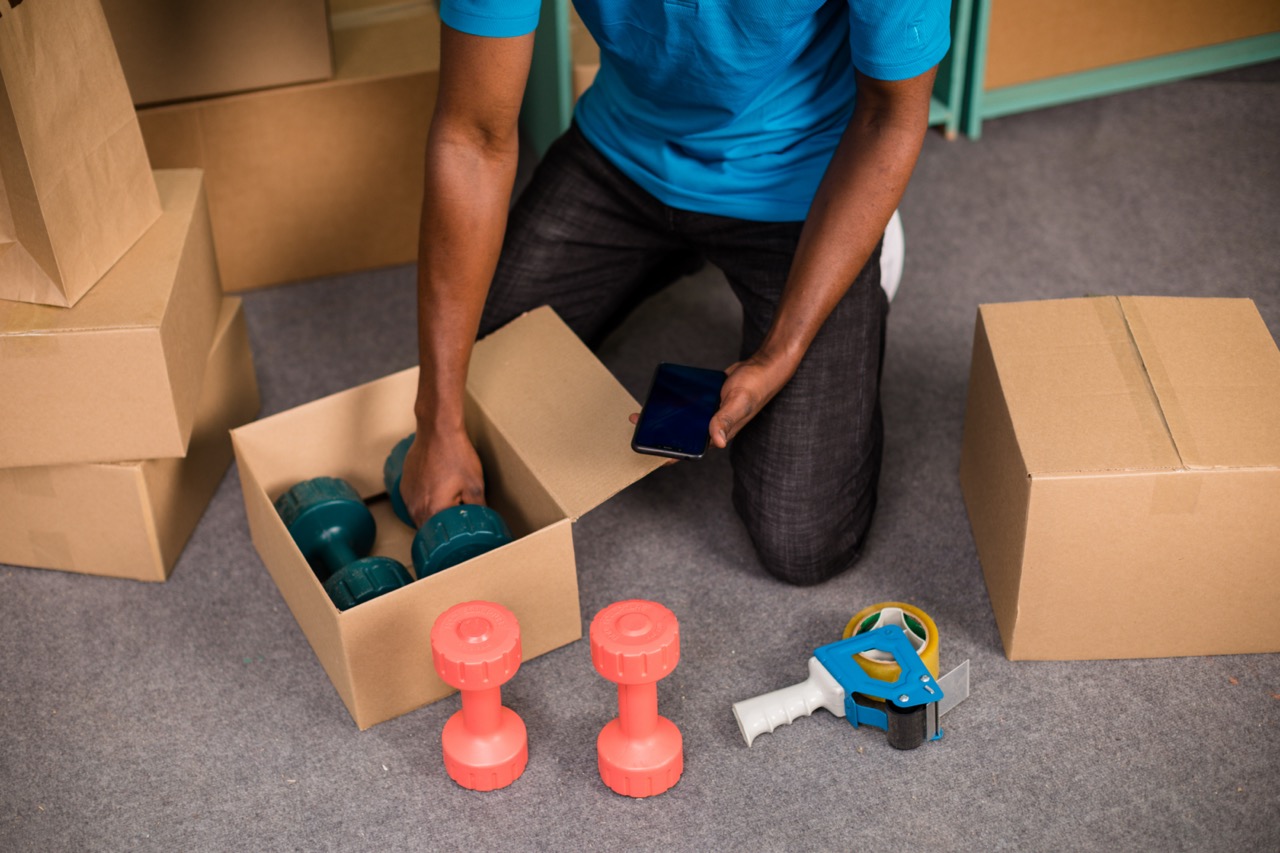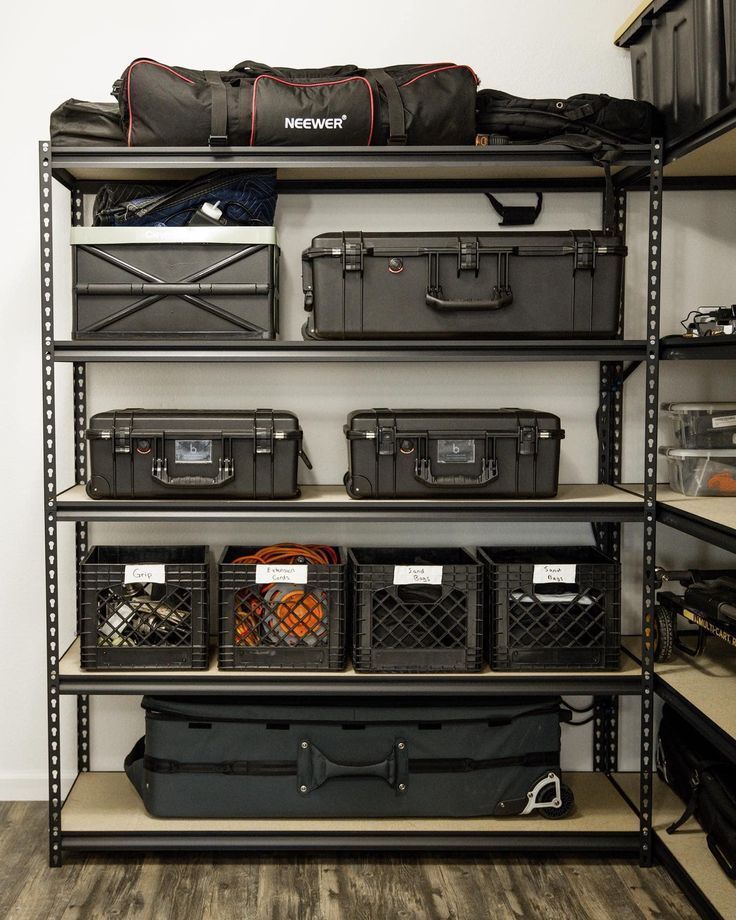July 8 2025
Key Takeaways
- Proper storage of sports gear is essential to prevent damage from moisture, pests, and UV light, extending the lifespan of your equipment.
- Organise and categorise your gear based on usage frequency to enhance accessibility and reduce clutter in your storage space.
- Thoroughly clean and dry your equipment before storage to avoid corrosion and the growth of mould; disassemble items when possible to save space and reduce wear.
- When selecting a self-storage unit, consider size, climate control, security features, and options for organisation to keep your gear safe and well-maintained.
- Implement a seasonal rotation schedule for your sports gear to ensure easy access to in-season equipment while storing off-season items correctly.
- Insure high-value gear to protect against theft and damage, ensuring you maintain coverage that reflects any changes in your equipment’s value.
Are you tired of rummaging through a cluttered garage, searching for that elusive tennis racket or cycling helmet? You’re not alone. Many sports enthusiasts face the challenge of keeping their gear organised and in top condition. Did you know that improper storage can lead to premature wear and tear, costing you more in replacements than necessary?
Why Proper Sports Gear Storage Matters
Proper storage of sports gear prevents damage from moisture, pests, and UV light. Exposure to these elements can lead to significant deterioration of your equipment, such as rust on ski edges or warp in tennis rackets. Protecting your gear extends its lifespan, saving you from costly replacements.
Effective storage keeps your home clutter-free, making gear easy to access when you need it. For instance, by categorising items based on usage frequency, you can store seasonal gear in less accessible places while keeping regularly used items readily available. This organisation improves both efficiency and convenience.
Also, maintaining your sports equipment ensures optimal performance in your chosen activity. Damaged equipment can pose safety risks, as seen with weakened climbing ropes or compromised helmets. Regular inspections and proactive repairs further enhance the functionality of your gear, allowing you to focus on enjoying your pursuits.
Common Types of Sports Gear That Need Storage

Proper storage for sports gear ensures you maintain its quality and longevity. The following types of equipment require specific attention for effective storage:
- Bikes: Store in dry, climate-controlled areas. Consider using wall mounts or ceiling hoists to save floor space and prevent rust.
- Golf Clubs: Keep them clean and store upright in a bag or rack to avoid temperature-induced damage. Regularly inspect grips and shafts for wear.
- Skis and Snowboards: Clean moisture and apply wax to prevent warping. Use vertical or horizontal racks to avoid rust and help easy access. Ski case study.
- Tennis Rackets: Store rackets in protective covers in a climate-controlled environment. Inspect string tension regularly to maintain performance.
- Cricket Bats and Hockey Sticks: Store these items in protective cases. Keep them away from moisture and direct sunlight to prevent warping.
- Water Sports Equipment: Hang wetsuits on specialised hangers to dry completely. Ensure ventilation to avoid mould buildup.
- Climbing Gear: Use dedicated racks for organised storage. Maintain ropes, harnesses, and helmets separately to prevent tangling and damage.
- Fitness Gear: Store heavy equipment like dumbbells in smaller, sturdy boxes to distribute weight and avoid structural damage in storage areas.
How to Prepare Your Gear for Storage
Proper preparation ensures your sports gear remains in excellent condition during storage. Follow these steps to maintain its longevity and performance.
Clean Everything Thoroughly
Start by cleaning all sports equipment to eliminate dirt, salt, and sweat. Rinse paddles and boards with fresh water to prevent corrosion from salt and sand. Wipe down helmets with mild soap and water, removing any residues that could promote deterioration. Unaddressed grime can lead to rust and other damage, impacting functionality when you’re ready to use the gear again.
Dry Before You Pack
Ensure all gear is completely dry before packing, especially items like wetsuits, boots, and tents. Hang wetsuits on specialised hangers in a well-ventilated area. Allow tents to air out completely to prevent mould and mildew growth. Storing damp gear can create an unsuitable environment, leading to unpleasant odours and deterioration during storage.
Disassemble When Possible
Disassemble equipment when feasible to save space and reduce pressure on parts. For example, take apart bikes by removing wheels and pedals, which also helps prevent damage during transport. Fold tents tightly and deflate balls to save room. This practice keeps everything organised and minimises wear on individual components, ensuring your gear is ready when you return to your favourite sports.
Best Practices for Packing and Protecting Equipment

- Choose Proper Containers: Select bags or bins suited to your gear type. Use duffle bags for smaller sets, labelling each for quick access. Sturdy boxes or clear plastic bins work best for heavier items, keeping them protected from damage and dust.
- Climate Control Measures: Store sensitive equipment in climate-controlled environments to prevent moisture-related degradation. Consider desiccant packs to eliminate dampness and protect against mould.
- Systematic Organisation: Carry out wall-mounted solutions like hooks or shelves to keep bulky items off the floor. Label all storage containers clearly, enabling quick retrieval.
- Handling Bulky Items: For camping gear, roll tents instead of folding to avoid fabric damage. Store delicate items, such as electronics, with padding and protective sleeves inside containers.
- Conduct Regular Maintenance: Schedule periodic inspections for signs of wear or damage. Clean and inspect gear before use to ensure everything’s in top condition, ready for your next adventure.
Choosing the Right Self‑Storage Unit
When selecting a self-storage unit for your sports gear, consider the following key factors:
Size and Accessibility
- Choose a unit that accommodates your equipment comfortably. Assess the size based on the amount of gear you possess.
- Ensure the unit offers easy access. Look for options with drive-up access for convenience when loading or unloading.
Climate Control
- Opt for climate-controlled units if your gear includes sensitive items, like leather equipment or electronics, to prevent damage from humidity and temperature fluctuations.
- Check the humidity levels; exposure to dampness can cause mould and rust.
Security Features
- Evaluate security measures, including surveillance cameras, gated access, and individual unit alarms. These features protect your valuable sporting gear.
- Confirm the location’s safety to reduce the risk of theft or vandalism.
Organisation and Management
- Look for units that offer the option for shelving or vertical storage solutions to maximise space. Organising gear on shelves helps prevent damage and keeps items visible.
- Consider flexible leasing terms to accommodate seasonal gear changes; this allows you to adjust your storage as needed.
By focusing on these aspects, you’ll choose a self-storage unit that keeps your sporting gear safe and in top condition.
Seasonal Sports? Rotate Smart
Effective organisation of seasonal sports gear is essential for maintaining its quality and longevity. Rotate gear according to seasons to ensure that in-season equipment is easily accessible while off-season items are stored safely.
Establish a Rotation Schedule
- Identify seasonal gear: Create a list of gear for each sport. For example, keep skis and snowboards accessible in winter while storing bikes and water sports equipment during colder months.
- Schedule regular swaps: Set a calendar reminder for seasonal transitions, such as swapping out winter gear for summer gear. This practice reduces clutter and keeps your space organised.
Maintain Gear Condition
- Inspect and clean: Before storing off-season gear, clean items thoroughly to remove dirt or moisture. For instance, inspect golf clubs for damage and wipe them down after each use to prevent rust.
- Store properly: Use airtight containers for delicate items, such as rackets and climbing gear, to prevent moisture damage. For larger equipment like kayaks, find wall-mounted solutions to save space.
Keep Gear Accessible
- Categorise by sport: Utilise labelled bins to keep equipment sorted by sport, allowing for quick identification. For example, label a box “Tennis” for all related items.
- Use vertical space: Install hooks or wall-mounted racks to hang up equipment like bikes and helmets. These solutions maximise floor space while keeping gear readily available for use.
Employing these strategies optimises storage efficiency, facilitates easy access, and ensures your sports gear remains in excellent condition throughout the year.
Bonus Tip: Insure High-Value Gear

Insuring your high-value sports gear protects your investment against theft, loss, or damage. Such insurance becomes vital for items like expensive bikes, high-end golf clubs, or specialised winter sports equipment.
Choose the Right Coverage
Consider comprehensive coverage that includes accidental damage and losses during transport. Ensure policies cover specific events like natural disasters or theft while in storage.
Document Your Gear
Maintain an inventory of your equipment, including photos, receipts, and serial numbers. This documentation simplifies claims processes and verifies ownership in case of loss.
Explore Policy Options
Research multiple insurance providers for competitive rates and terms. Specific insurers may offer specialised policies tailored for sporting equipment, ensuring better protection.
Review Regularly
Reassess your coverage periodically to reflect changes in your gear’s value. Include any new acquisitions or gear sold to maintain adequate protection.
Insuring high-value gear provides peace of mind. You can focus on enjoying your sports, confident your equipment remains secure.
Why Storage X is Ideal for Sports Enthusiasts
Optimising your storage solutions is key to enhancing your sporting experience. With the right techniques and tools in place you can protect your gear and ensure it’s always ready for action. By implementing effective organisation methods you’ll not only save time but also prolong the life of your equipment.
Investing in proper storage units and regularly maintaining your gear will keep everything in peak condition. Remember to prioritise cleanliness and climate control to prevent damage from moisture and pests.
Finally don’t overlook the importance of insuring your valuable equipment. With the right coverage you can enjoy your sports with confidence knowing your investments are safeguarded. Embrace these tips and watch your sporting adventures flourish.

OFFICE HOURS
M-F: 8:30am – 5:00pm
SAT: 8:30am – 2:00pm
ACCESS HOURS
7 Days Per Week
5:00am to 10:00pm